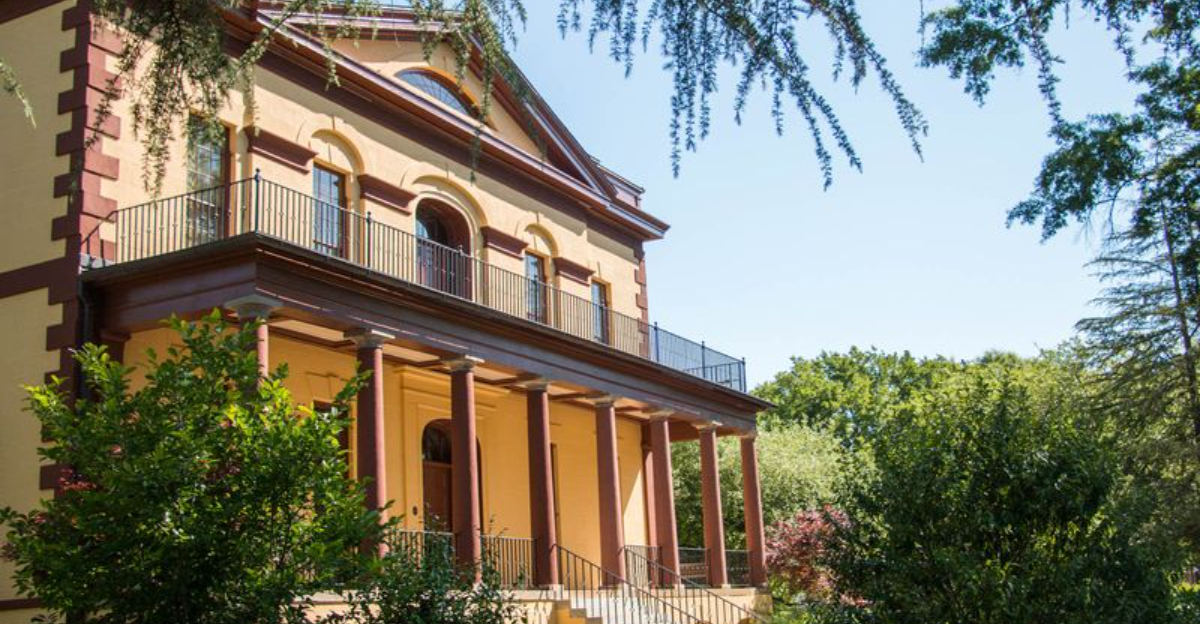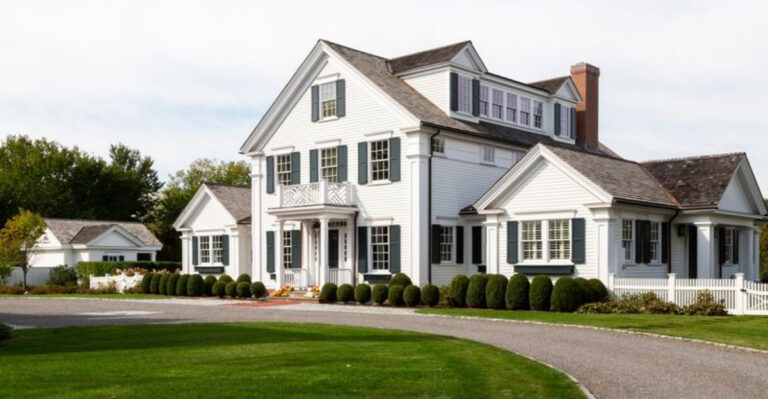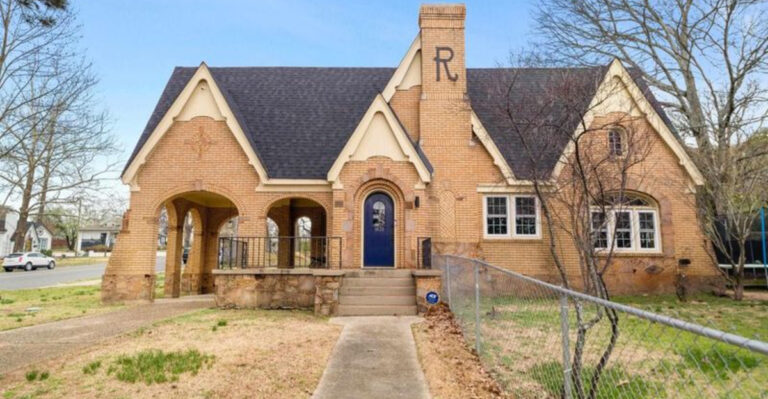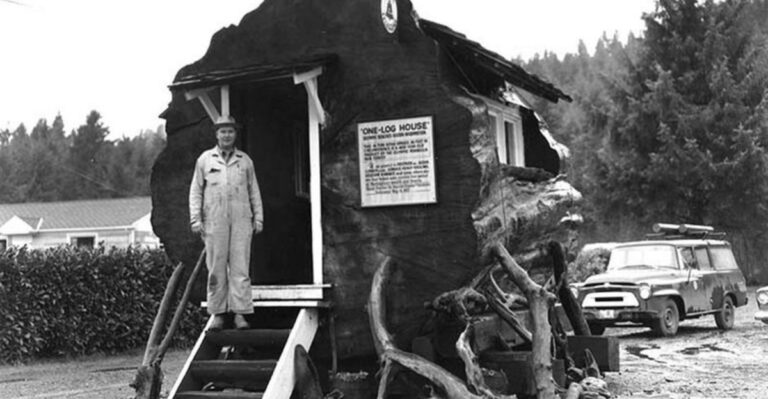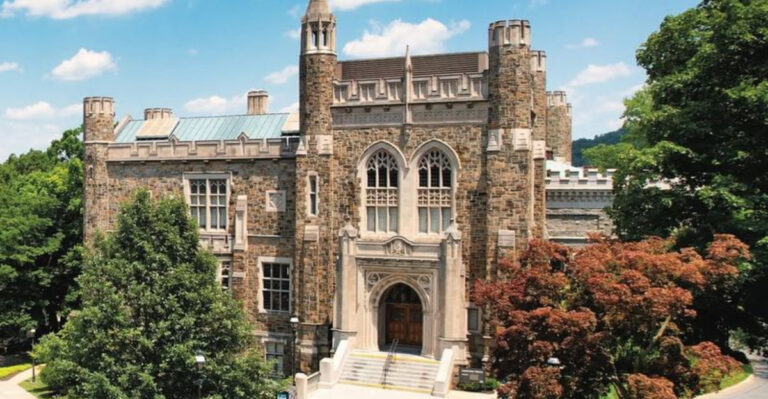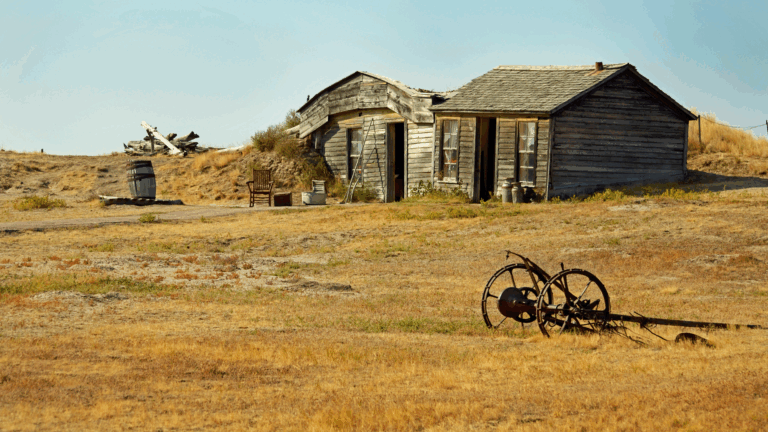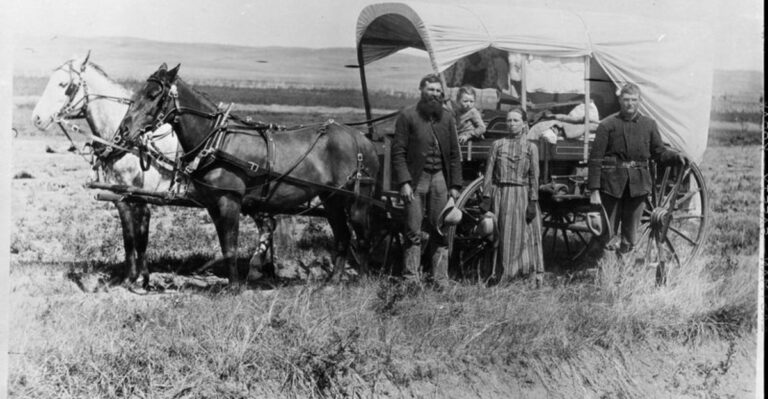20 Historic Mansions in South Carolina Preserve the Past with Panache
Imagine strolling through South Carolina, where each historic mansion whispers tales of the past with a flair only the South can muster. From grand antebellum architecture to stories etched in time, these mansions stand not just as relics but living pieces of history, gracefully preserving the past.
Here, we explore 20 such gems, each with its own unique charm, architectural beauty, and cultural significance, offering a journey through time with a dash of humor and pop culture sparkle.
1. Calhoun Mansion

In Charleston, the Calhoun Mansion stands as a Victorian marvel, adorned with intricate details that whisper tales of grandeur. Built in 1876 by George Walton Williams, its 35 rooms became a testament to opulence. Architectural elegance meets eccentric flair, resembling a set from “Downton Abbey.”
Walking through feels like stepping into a time capsule, with each corner revealing treasures of the past. Fun fact: This mansion boasts the title of the largest private residence in Charleston, capturing the imagination of all who visit.
2. Hampton-Preston Mansion
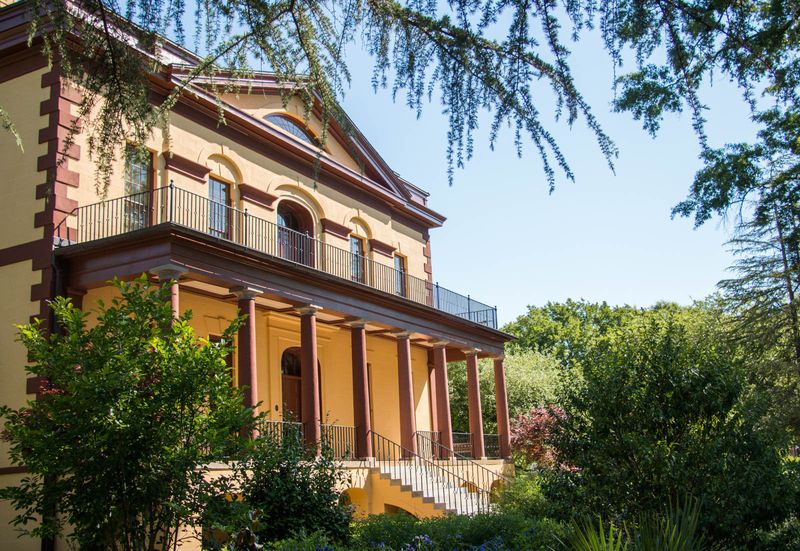
Columbia’s Hampton-Preston Mansion, crafted in 1818, is an antebellum masterpiece with stately columns and lush gardens. Built by Ainsley Hall and expanded by Wade Hampton, it whispers stories of Southern elegance. Its grandeur recalls scenes from “Gone with the Wind,” inviting visitors into a bygone era.
The mansion’s gardens bloom with azaleas, offering a serene escape. Did you know? The mansion has served various roles, including as a Union headquarters and a seminary, weaving its rich history into South Carolina’s fabric.
3. Rose Hill Plantation
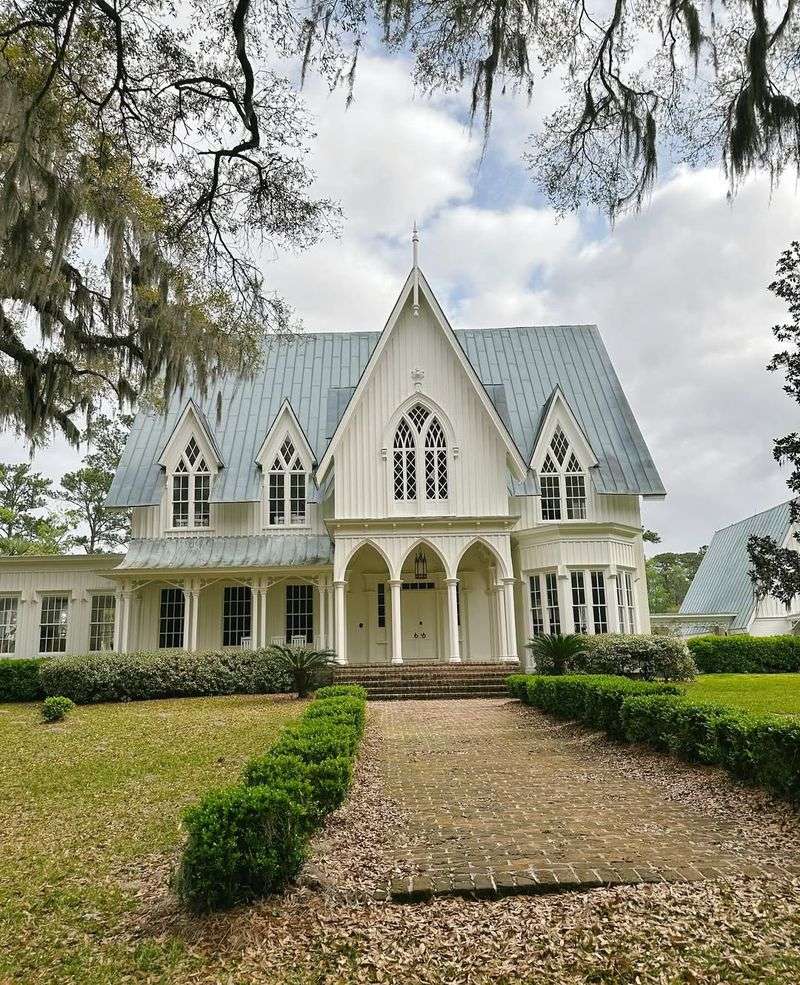
Rose Hill Plantation enchants with its Southern charm, nestled amidst Union’s lush landscapes. The home of South Carolina’s “Secession Governor,” William Henry Gist, it narrates pivotal historical moments. Its inviting porch and sprawling gardens echo scenes from “The Notebook,” making romance feel timeless.
A quirky fact: The plantation hosts live reenactments, bringing history to life in a way that engages all ages.
4. Aiken-Rhett House
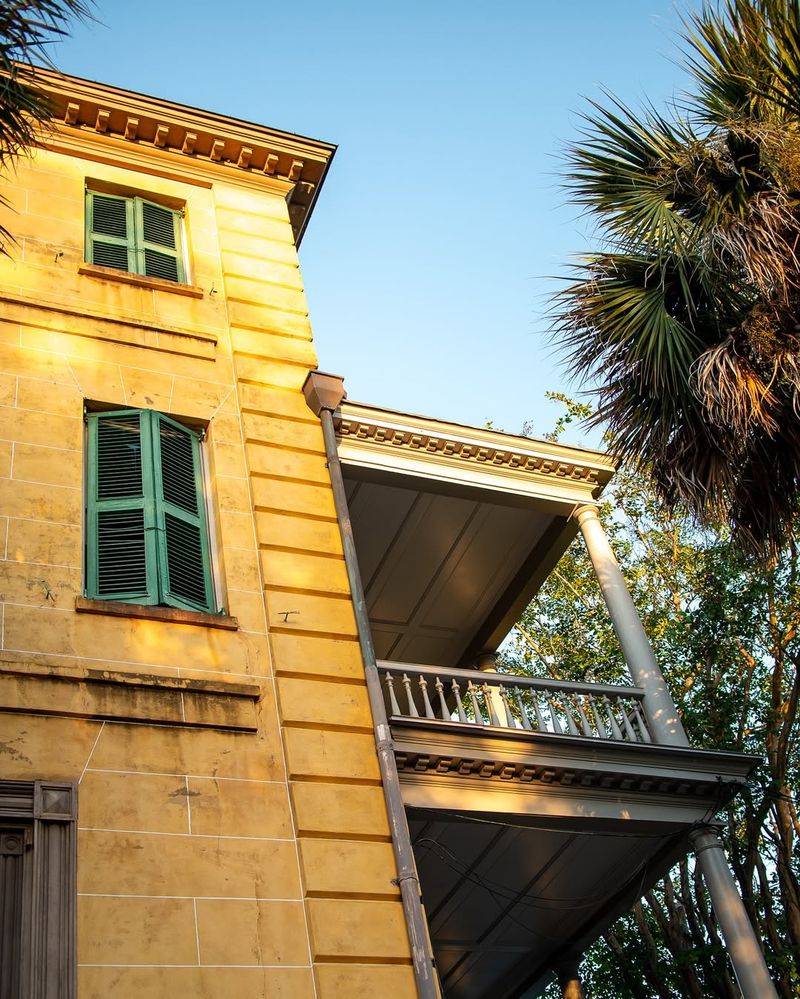
Charleston’s Aiken-Rhett House, built in 1820, preserves antebellum history with authenticity. It remains one of the few urban villas with intact original slave quarters, offering a poignant glimpse into the past. Its historic interiors are like pages from a “National Treasure” script, waiting to be discovered.
Touring this house is an immersive experience, highlighting the complexities of history. An intriguing fact: The Aiken-Rhett House was continuously owned by family descendants until the 1970s, ensuring its authenticity remains untarnished.
5. Drayton Hall
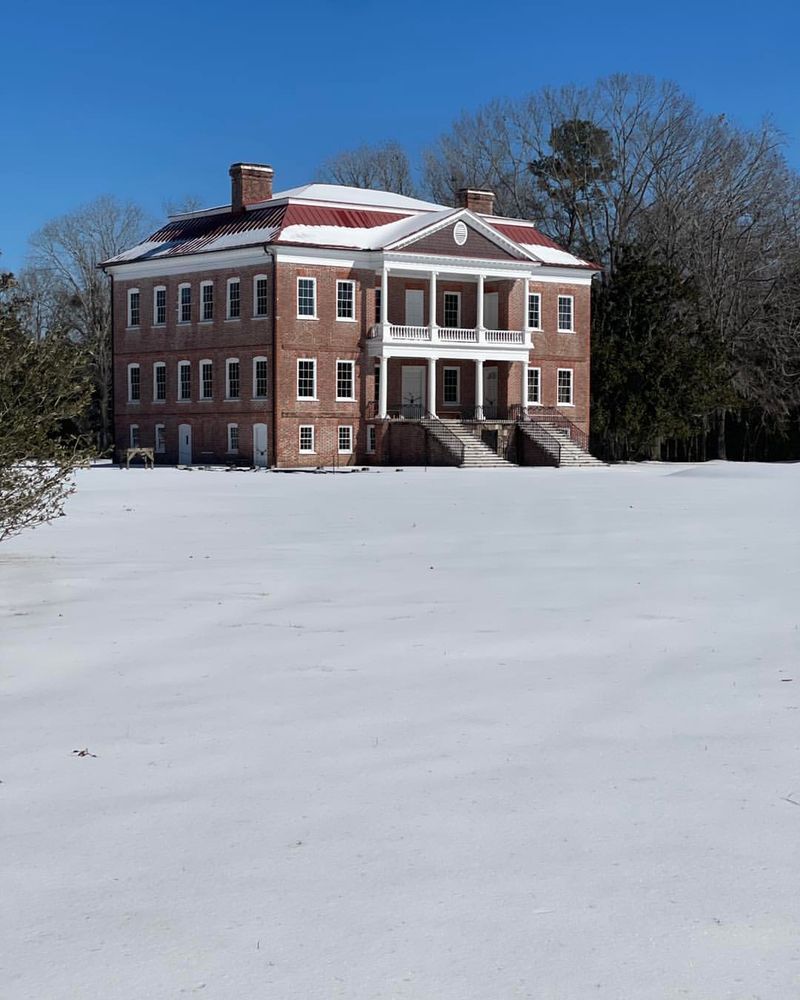
Elegance defines Charleston’s Drayton Hall, a Georgian Palladian plantation built in 1738. Its grand entrance and ancient oaks evoke a “Pride and Prejudice” aura, standing untouched by modern renovations. It’s a testament to time, with history echoing in its halls.
Visitors find themselves wrapped in the embrace of history, with each room offering stories from eras gone by. A captivating tidbit: Drayton Hall is the only plantation house on the Ashley River to survive both the Revolutionary and Civil Wars intact.
6. Magnolia Plantation and Gardens
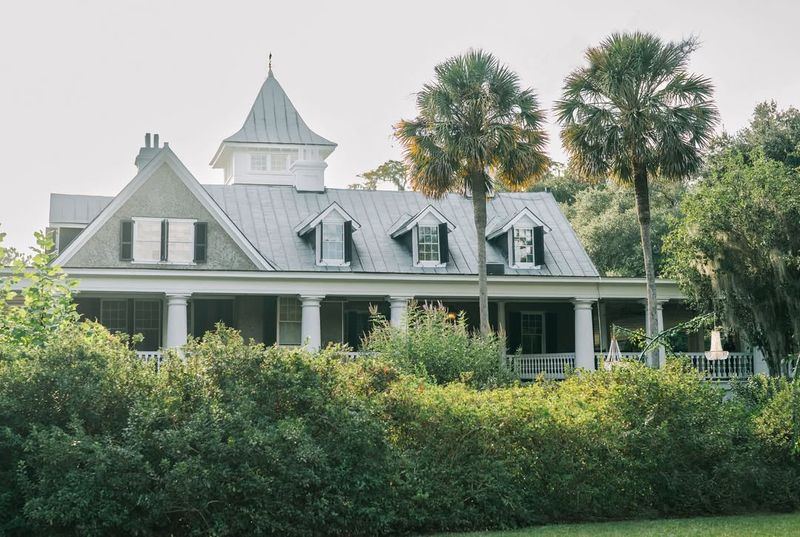
Magnolia Plantation, with its enchanting gardens, is a Charleston treasure dating back to 1676. Its beauty rivals any backdrop from “The Secret Garden,” with scenic bridges and vibrant blooms inviting exploration. This plantation house is a canvas of history and horticulture, captivating visitors with its lush landscapes.
Each visit offers a new perspective on Southern elegance. Interestingly, Magnolia Plantation’s gardens claim the title of America’s oldest public gardens, showcasing centuries-old camellias and azaleas.
7. Nathaniel Russell House
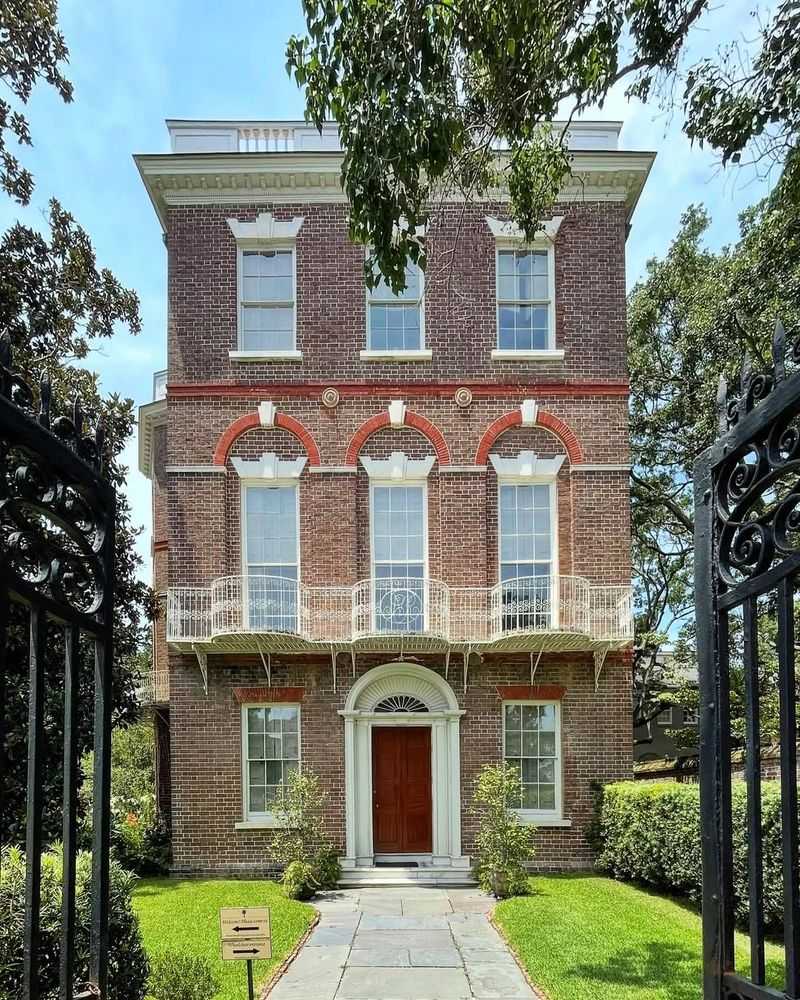
Charleston’s Nathaniel Russell House, a federal-style gem from 1808, exudes elegance with its famous free-flying spiral staircase. The house, reminiscent of a regal ballroom scene in “The Great Gatsby,” enchants with its symmetry and detail.
Wandering through its rooms feels like stepping into a storybook, with manicured gardens completing its charm. A fascinating fact: The Nathaniel Russell House was among the first to be preserved by Historic Charleston Foundation, setting a standard for historic preservation.
8. The Williams Mansion
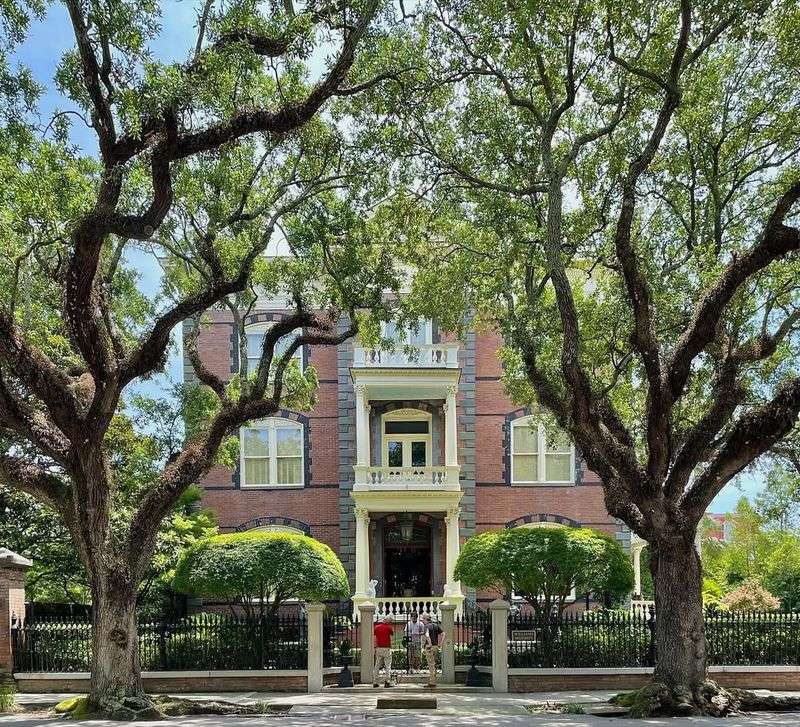
The Williams Mansion, a Gilded Age jewel in Charleston, dazzles with ornate architecture and lavish interiors. Built in 1876, this mansion showcases over-the-top opulence that could rival “The Great Gatsby’s” parties. Its grandeur is an ode to a time of elegance and extravagance, captivating visitors with its rich history.
As a fun fact, this mansion was featured in the movie “The Notebook,” adding Hollywood charm to its historic allure.
9. The Old Exchange and Provost Dungeon
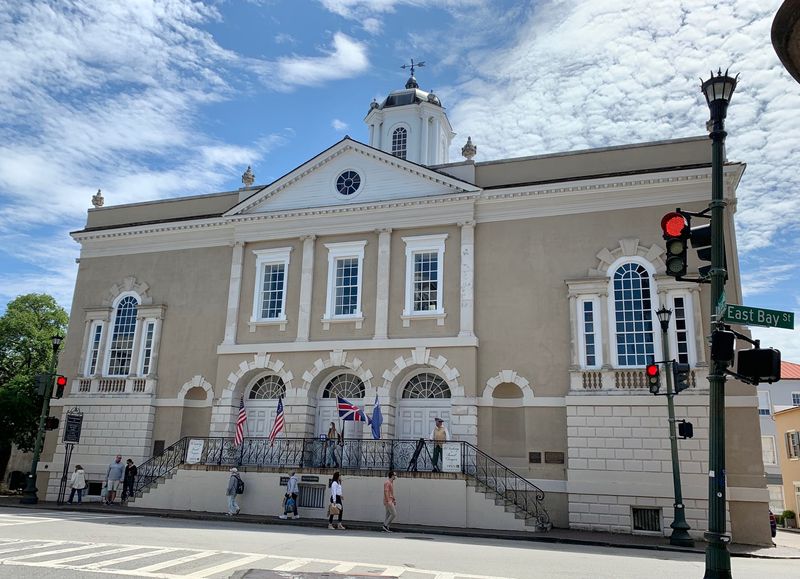
The Old Exchange and Provost Dungeon, with its colonial architecture, stands as a Charleston landmark steeped in Revolutionary War history. Built in 1771, it served as a hub of colonial activity, now resembling the set of a historical drama.
Exploring its dungeon feels like uncovering secrets from the past, with echoes of history in every corner. Did you know? George Washington once danced in the Great Hall, making this building a true piece of living history.
10. Woodburn Plantation
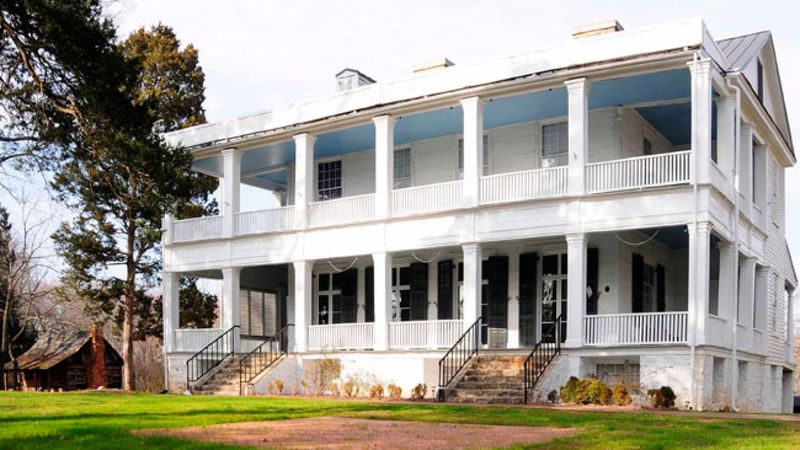
Pendleton’s Woodburn Plantation charms with its classic Southern architecture and wide verandas. Built in 1830, it tells tales of antebellum life, echoing scenes from “Little Women.” The surrounding fields and sky-high oaks set a perfect stage for daydreaming.
Visitors feel history come alive as they wander through time. Fun tidbit: Woodburn has a unique four-story structure, which was uncommon for its time, adding an intriguing element to its architectural narrative.
11. Roper House
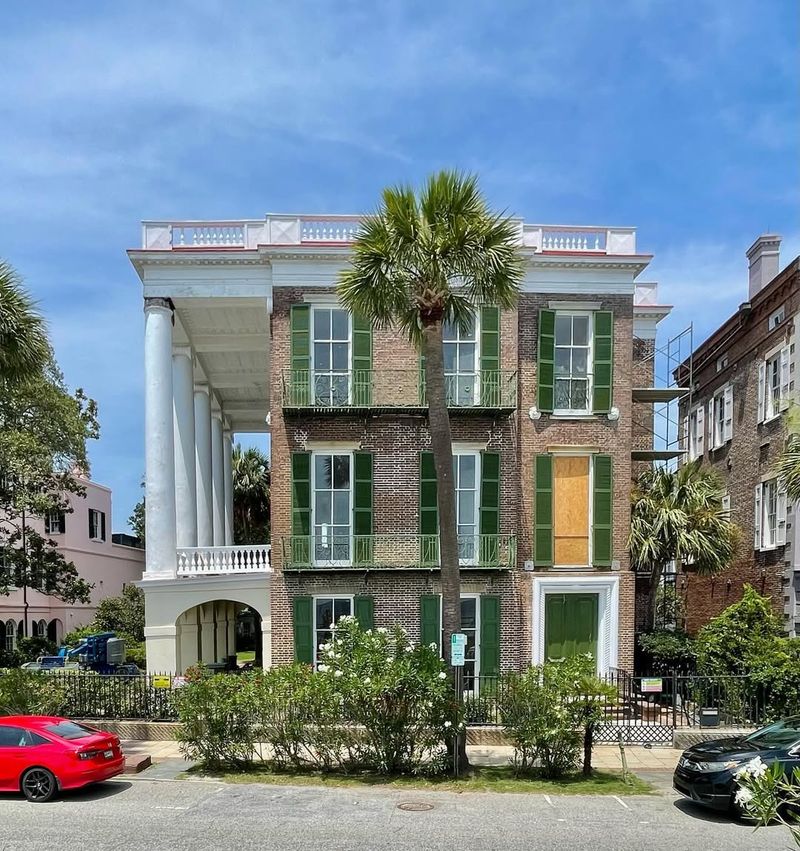
Roper House, a Greek Revival beauty in Charleston, boasts ocean views and a sweeping staircase. Built in 1838, its elegance mirrors a Southern adaptation of “The Great Gatsby.” Each room tells a story of grandeur, with architectural details that captivate.
A quirky fact: This mansion is part of Charleston’s historic battery, offering a picturesque view of where history and the ocean meet, creating an unforgettable experience.
12. Edmondston-Alston House
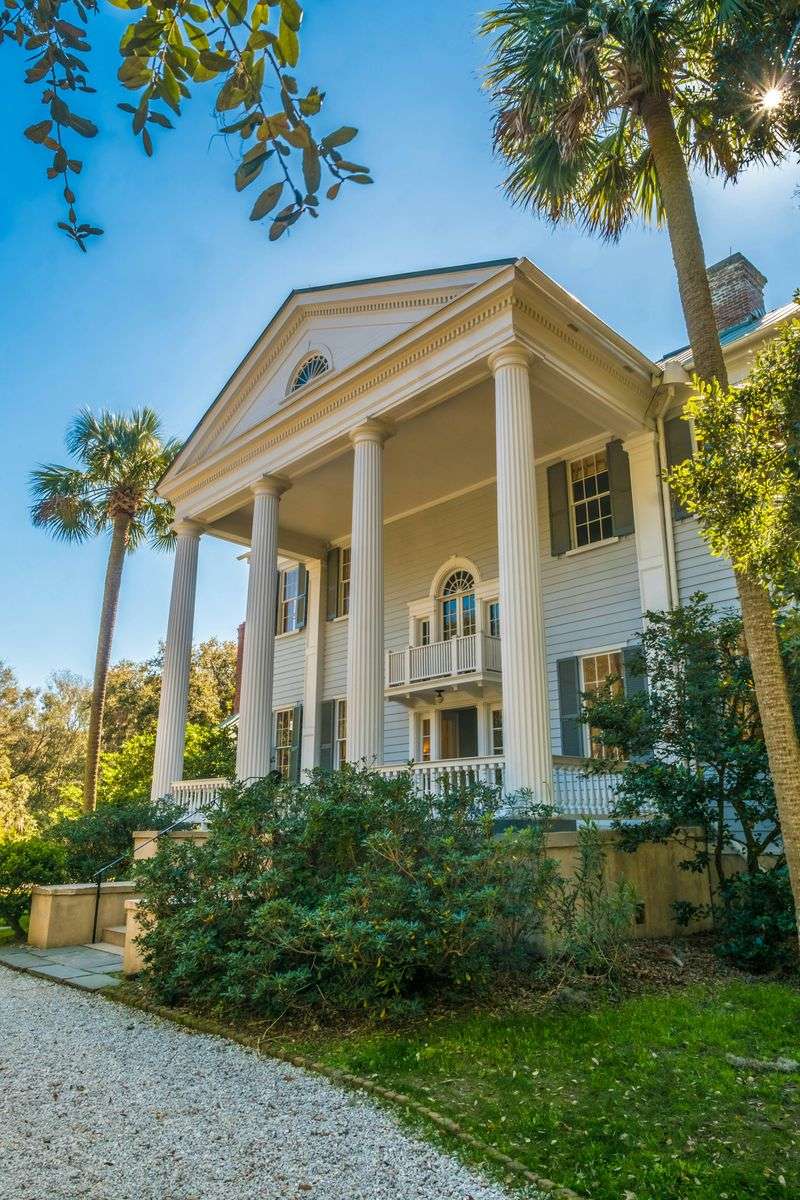
Charleston’s Edmondston-Alston House, built in 1825, stands regal with its oceanfront view and white columns. Its Southern elegance recalls iconic scenes from “Gone with the Wind,” offering a journey through time.
A fascinating tidbit: The mansion offers special candlelight tours, allowing guests to experience its beauty just as its original inhabitants might have, adding a magical charm to its historic allure.
13. Lowther Hall
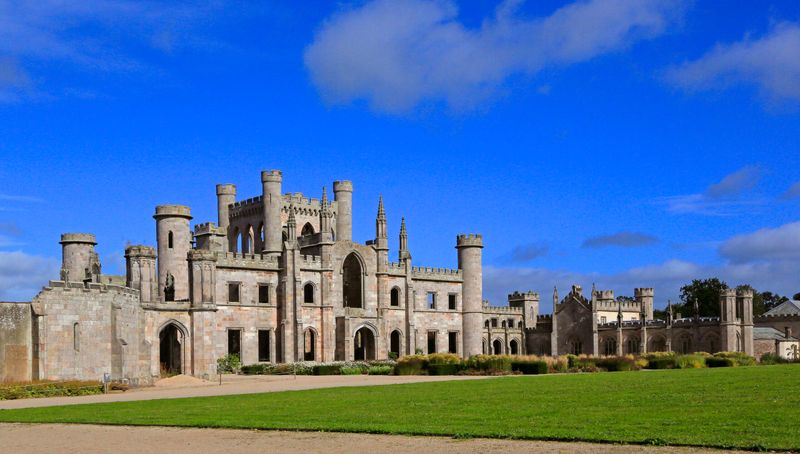
Aiken’s Lowther Hall, a Victorian masterpiece, enchants with its lush gardens and vintage décor. Built in the late 19th century, it feels like stepping back into a scene from “Anne of Green Gables.” The mansion captivates with its intricate woodwork and stained glass, offering a delightful journey through history.
An intriguing fact: Lowther Hall is renowned for its beautifully preserved Victorian interiors, making it a favorite among history enthusiasts.
14. Hopsewee Plantation
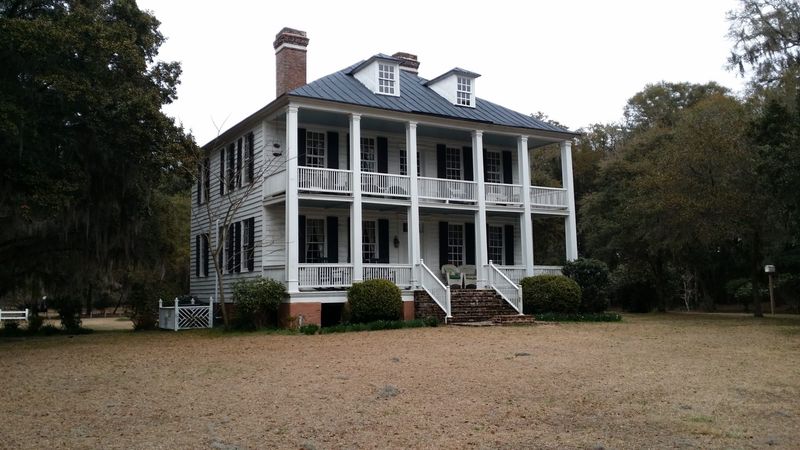
Hopsewee Plantation, nestled in Georgetown, greets visitors with its charming structure and Spanish moss-draped trees. Built around 1740, it whispers stories from the past. The plantation’s serene beauty could easily serve as a backdrop for a Southern romance film.
Visitors find themselves lost in its tranquility. Fun tidbit: Hopsewee is the birthplace of Thomas Lynch Jr., a signer of the Declaration of Independence, adding patriotic pride to its historical significance.
15. Ashtabula Plantation
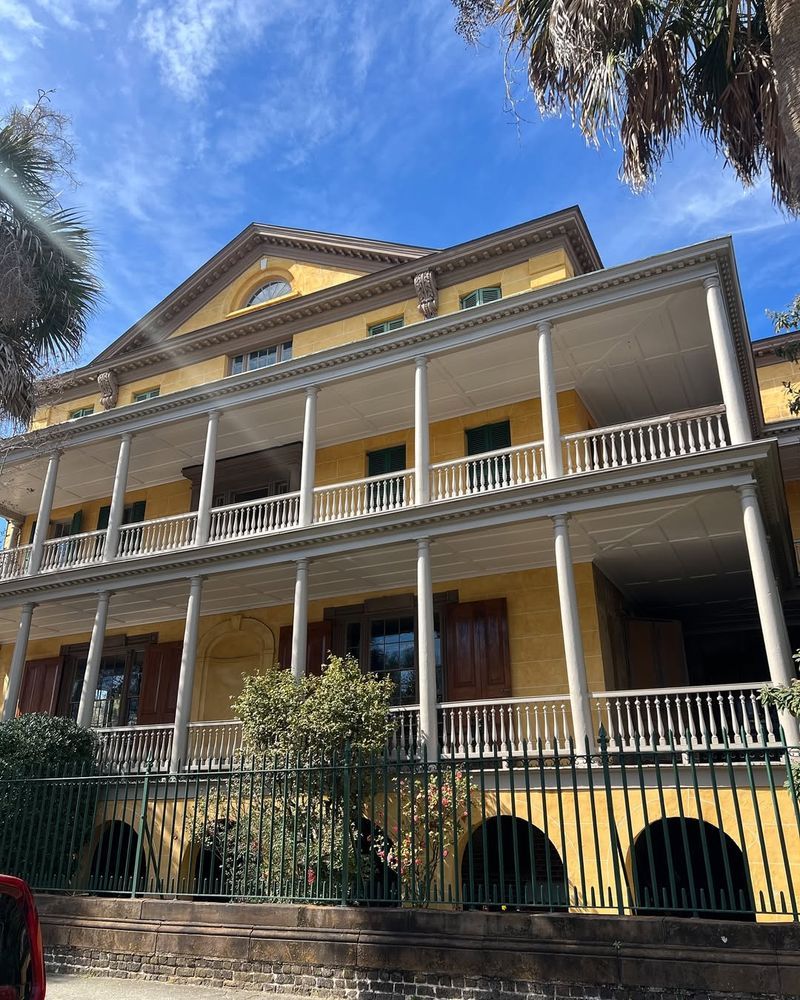
Pendleton’s Ashtabula Plantation, with its distinctive red roof, captures the essence of Southern elegance. Built in the 1820s, the house stands as a testament to antebellum charm. Its gardens invite leisurely strolls, reminiscent of a scene from “Steel Magnolias.”
Fun fact: Ashtabula hosts events like antique shows, blending its rich past with vibrant present, making history come alive in modern times.
16. Redcliffe Plantation
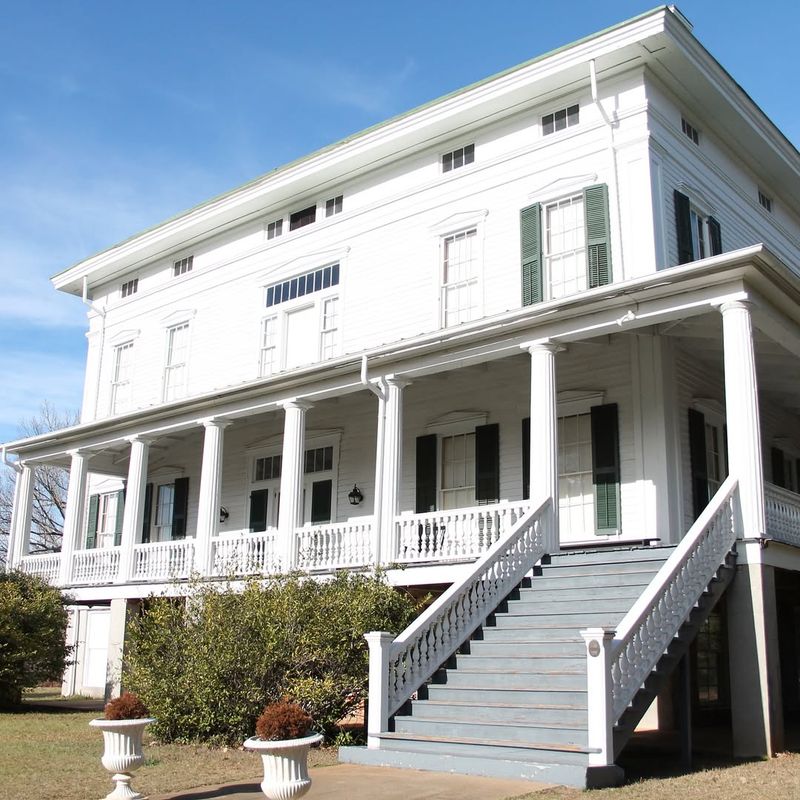
Beech Island’s Redcliffe Plantation, a grand antebellum mansion, stands amidst majestic oaks. Built in 1859 by James Henry Hammond, its elegance mirrors a Southern epic. The mansion’s interiors tell tales of historical significance, offering a journey through time.
Visitors are captivated by its splendor and history. An interesting fact: Redcliffe Plantation offers guided tours where family stories are woven into the fabric of history, creating a rich tapestry of Southern heritage.
17. Hobcaw Barony
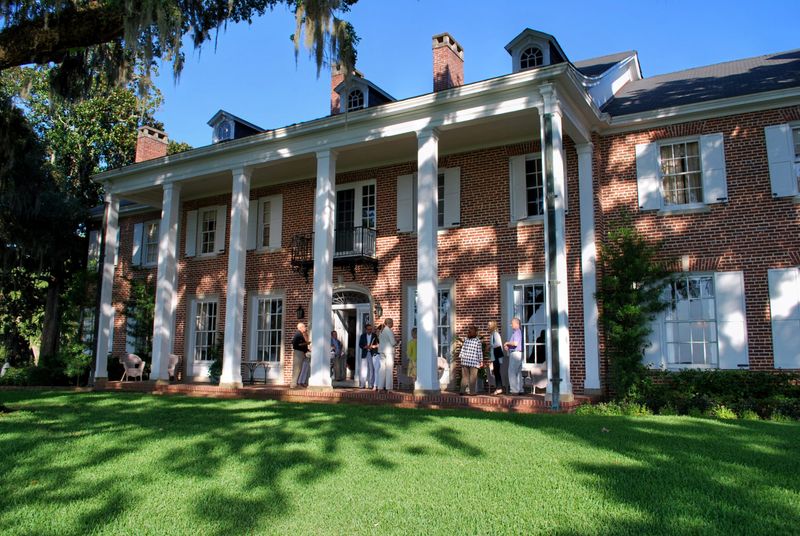
Georgetown’s Hobcaw Barony, with its sprawling grounds, offers a glimpse into the rustic charm of the past. This historic estate’s scenic marsh views resemble a picturesque scene from “The Notebook.” Built in the early 1900s, it was once a winter retreat for Bernard Baruch.
You can feel a deep connection to nature and history here. Fun tidbit: Hobcaw Barony is part of an ecological preserve, blending its historical significance with environmental stewardship.
18. Seabrook House
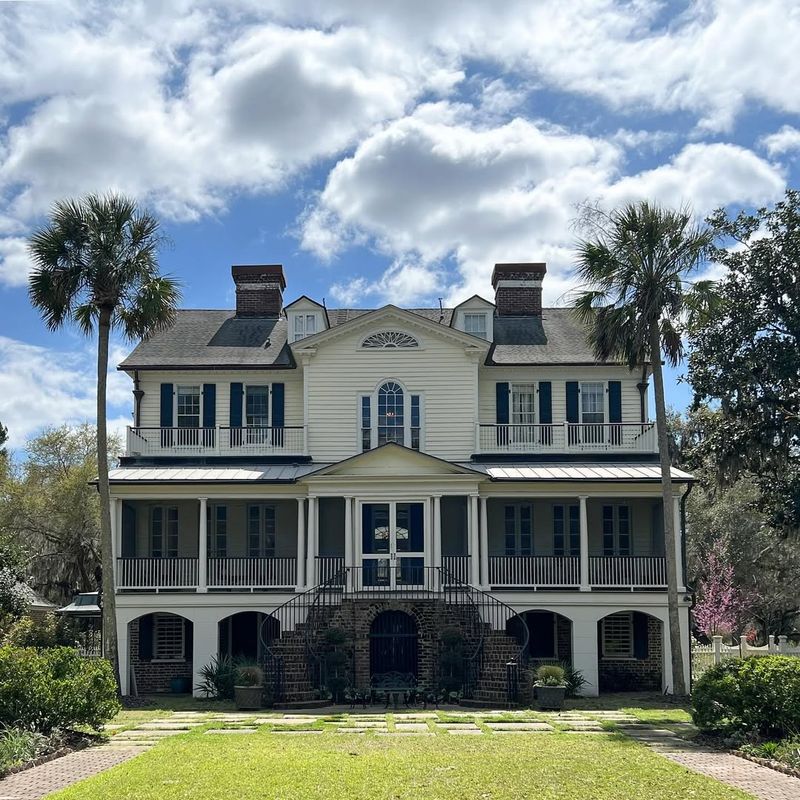
Edisto Island’s Seabrook House, showcasing Greek Revival architecture, stands proudly with its expansive front lawn. Built in the mid-19th century, it offers a Southern charm reminiscent of “To Kill a Mockingbird.” Visitors are greeted with the elegance of a bygone era.
The house’s beauty and history intertwine, offering a delightful escape. A fascinating tidbit: Seabrook House is part of Edisto Island’s historic district, making it a cherished piece of the island’s cultural tapestry.
19. Mepkin Abbey
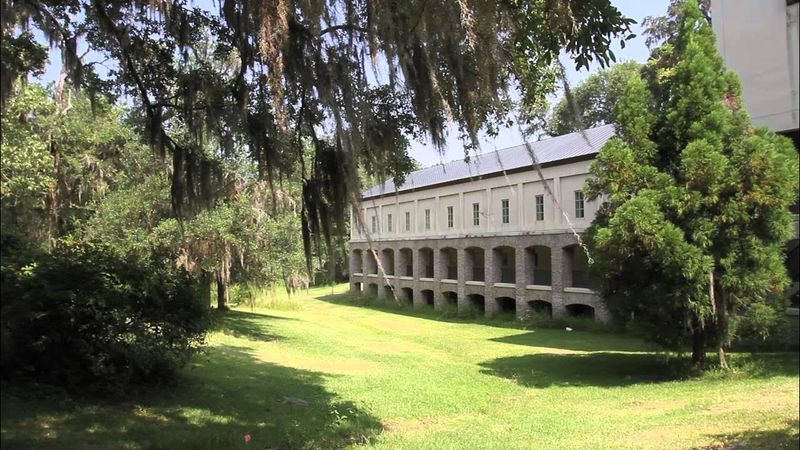
In Moncks Corner, Mepkin Abbey stands as an elegant monastery surrounded by lush gardens and tranquil river views. Its serene beauty evokes the peacefulness of “The Sound of Music.” Founded in 1949 on historic plantation grounds, it offers a unique blend of spiritual and historical exploration.
Visitors find solace in its calming atmosphere. A quirky fact: Mepkin Abbey is renowned for its egg production, with monks tending to both spiritual and agricultural pursuits, maintaining harmony between past and present.
20. Old Sheldon Church Ruins
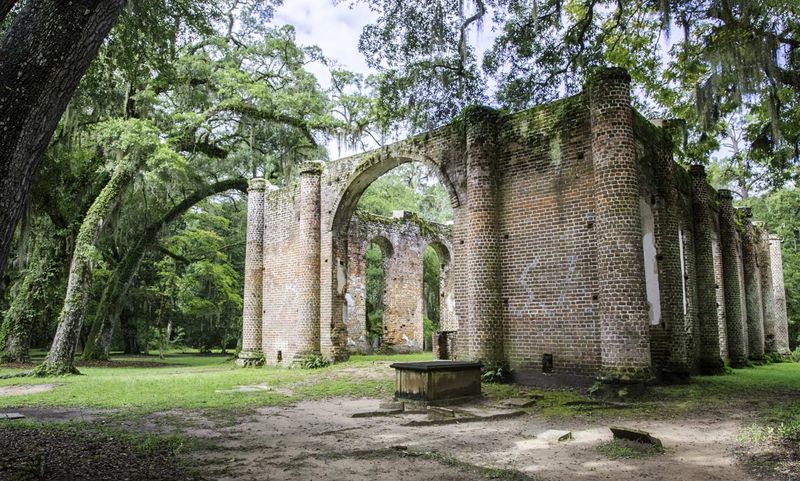
Yemassee’s Old Sheldon Church Ruins, with their haunting beauty, stand amidst stately live oaks. Built in the mid-18th century, the church whispers stories of resilience. Its ruins resemble a scene from “Game of Thrones,” captivating visitors with its gothic allure.
Walking among the remains feels like stepping into another world. A captivating fact: The ruins have served as an inspiration for artists and photographers, capturing the haunting essence of history frozen in time.

